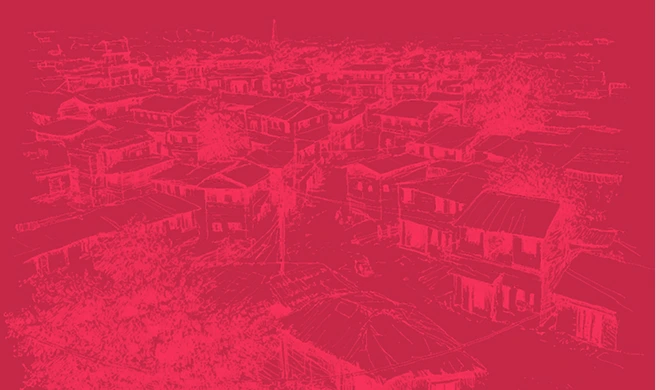About the instructor:
Seminar Summary
In this seminar, Lucinda Harrison, a PhD student at the School of Mathematics and Statistics, University of Melbourne, Australia, presented on “Structured decision-making with geospatial modeling outputs.” The presentation began with an introduction to the topic, highlighting the importance of using geospatial modeling outputs to make informed decisions in areas such as disease surveillance. The talk emphasized the importance of involving various experts and stakeholders in the decision-making process and the need for thorough interrogation of the modeling outputs before making decisions.
The presentation included examples of using modeling outputs to make decisions about disease surveillance, such as creating a geospatial model to map transmission risk across Southeast Asia and using structured decision-making to select optimal surveillance sites for malaria. The talk also covered the challenges in model development and decision-making, including the need to understand trade-offs and thoroughly interrogate models for uncertainties and assumptions.
The presentation showcased a shiny app developed to demonstrate the decision-making process, including optimizing site selection for healthcare centers. The app uses a global friction surface for accessibility analysis to develop travel time catchments and capture different target landscapes for investigation around primary healthcare centers. The app also produces tables of ranking for land cover to aid in decision-making for site selection and explores optimizing multiple objectives for site selection using the Pareto front method.
The presentation concluded with a discussion of different ways to represent accessibility to healthcare, such as travel time and population density. The talk emphasized the importance of engagement between modelers and decision-makers for effective use of models and the need to balance accessibility and objective means by selecting multiple sites.
Related Seminars



